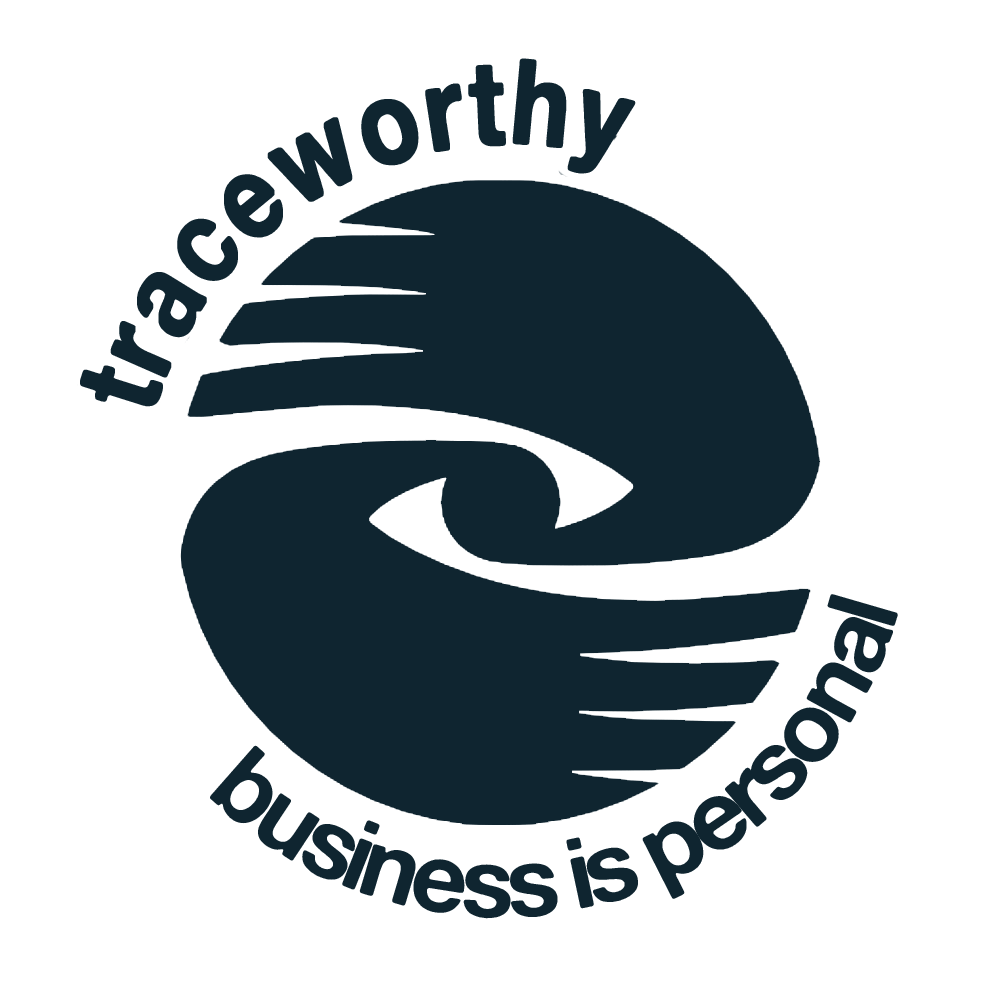Business decisions shape futures. Some are routine, easily made without much thought. Others define the trajectory of an entire organisation, determining whether it will grow, restructure, or face significant risk.
Each decision has weight. A poorly structured investment may unravel years of progress. A governance gap may expose a company to legal and financial liability. A compliance oversight may trigger unexpected regulatory intervention. The pressure to choose correctly is immense.
With so much at stake, many believe better decision-making requires more information. Yet, the challenge is rarely a lack of data. The real issue is how that data is processed, structured, and applied.
The best decision-makers focus less on collecting information and more on developing the thinking processes that create clarity, eliminate blind spots, and strengthen long-term strategy.
Better Thinking Begins with Better Questions
Advisory work is not about delivering immediate solutions. Effective consultants challenge the way a problem is framed, ensuring that the root issue is addressed—not just the symptoms.
A business owner may request a contract for a new partnership. A consultant does not draft documents without first assessing the broader implications:
- What long-term risks does this partnership create?
- How does this agreement align with legal, financial, and operational realities?
- What governance structure ensures accountability over time?
- Has due diligence been conducted on the partner’s financial and legal standing?
- Are expectations aligned on more than financial terms?
Some of the most serious business failures stem from assuming that a request defines the real problem. Contracts, financial agreements, and strategic partnerships fail not because of their documentation, but because critical questions were not asked before commitments were made.
The right question, asked at the right moment, can prevent years of financial and legal exposure.
Decision-Making is More Than Technical Expertise
Consulting is often reduced to analysis. Legal frameworks, risk assessments, and financial models provide essential insights—but they do not account for the full picture.
Every business decision carries human and commercial realities that do not exist in financial statements.
- A founder contemplating international expansion must weigh market opportunity against operational strain.
- A foreign investor structuring a business in Indonesia must navigate regulatory complexity while ensuring long-term sustainability.
- A board of directors facing leadership transition must consider governance stability beyond financial impact.
- A company responding to regulatory change must assess not just compliance, but reputational risk and future business positioning.
- A partnership agreement must account for legal obligations, cultural alignment, and financial safeguards.
Technical knowledge alone is insufficient. Business problems are not solved in isolation. They require an understanding of both facts and consequences.
A financial model may indicate expansion is viable, yet operational capacity may be insufficient to sustain growth. A contract may appear sound, yet governance structures may be too weak to prevent disputes. A compliance framework may pass regulatory review, yet political or policy changes may create unexpected risks.
Effective consultants recognise that advisory work extends beyond structuring solutions—it must consider the realities of execution.
Recognising Patterns and Structuring Complexity
Business leaders must manage simultaneous legal, financial, operational, and strategic risks. Without a structured approach, decision-making becomes reactive, driven by immediate concerns rather than long-term outcomes.
The best consultants develop the ability to identify patterns that others overlook. These patterns create foresight, allowing clients to anticipate risks and capitalise on opportunities:
- The legal missteps that repeatedly expose foreign investors to compliance penalties.
- The governance failures that lead to operational instability.
- The common financial miscalculations that weaken business resilience.
- The regulatory blind spots that trigger business disruptions.
- The market shifts that indicate emerging risks before they become visible to competitors.
Each pattern reflects lessons learned from previous failures. When applied correctly, these insights help businesses avoid repeating mistakes that others have already made.
How Structured Thinking Prevents Costly Mistakes
Many business leaders believe that more data leads to better decisions. In reality, excessive information often creates noise rather than clarity.
Effective decision-makers apply structured thinking to:
- Separate urgent concerns from long-term strategic priorities.
- Ensure risk management aligns with commercial objectives.
- Strengthen legal and financial protections before making commitments.
- Define governance structures that prevent rather than resolve problems.
- Recognise the difference between surface-level challenges and systemic weaknesses.
A structured approach ensures that decisions are made deliberately rather than reactively, protecting businesses from avoidable risk, legal exposure, and operational inefficiency.
How TraceWorthy Strengthens Decision-Making
Advisory work is not about producing reports, creating financial models, or drafting legal agreements in isolation. Each service must contribute to the broader objective—ensuring that every decision is commercially, legally, and strategically sound.
Many businesses rely on fragmented advice. A legal consultant may provide a compliance framework, but without considering its commercial impact. A financial strategist may optimise tax structures, but without assessing regulatory exposure. A governance expert may build a board structure, but without aligning it to business objectives.
Without integration, decision-making remains fragmented—creating vulnerabilities rather than stability.
TraceWorthy provides structured advisory services that ensure alignment between financial, legal, operational, and strategic goals. Whether structuring an investment, navigating Indonesian regulations, managing risk, or optimising governance, the focus remains on one principle:
Clarity before commitment.
Strategic Thinking Leads to Better Business Outcomes
Every business owner is a decision-maker. Some decisions will define the future of an organisation. The difference between long-term success and unnecessary risk often lies in the thinking process behind the choice.
Effective decision-makers:
- Step outside the immediate challenge to assess long-term impact.
- Ensure legal, financial, and operational risks are aligned before committing.
- Define clear governance to prevent structural failures.
- Recognise emerging risks before they become commercial liabilities.
- Use structured thinking to reduce complexity and improve clarity.
The next article in this series will examine Analytical Thinking: Breaking Down Complexity to Find Clarity.
If your business is making high-stakes decisions and wants to ensure they are strategically structured, risk-managed, and commercially sound, speak with us today. A well-placed question now could prevent years of costly mistakes.

